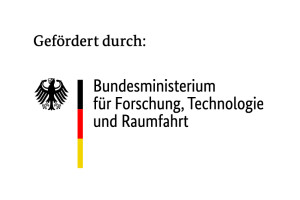Despite various hygiene regulations, food contaminated with bacteria can cause diseases. Most of these, including salmonella poisoning (salmonellosis), can be traced back to the Salmonella or Campylobacter bacteria. The latter are zoonotic – which means that the pathogens can be transmitted from animals to humans and vice-versa. One of the most common sources of infection in humans is poultry meat. The pathogens can either be found on the feathers or find their way from the intestine onto the meat when the animal is being slaughtered. During processing, the germs spread onto other products and equipment, which leads to further contamination. All of this could be avoided, because when processing poultry, the presence of Campylobacter or Salmonella can be demonstrated. This is the point which researchers in the collaboration project »Fast Meat Control« (FMC) want to tackle.
Detecting bacteria already during the production process
The objective of FMC is to develop a mobile measuring instrument which can be used to identify bacteria at meat-processing plants. The hand-held measuring instrument uses a method based on plasma gas chromatography-ion mobility spectrometry (Plasma-GC-IMS). It is designed to detect microbial secondary metabolites – products of secondary metabolism caused by micro-organisms and bacteria – and bacterial communication molecules of the poultry germs. Both the microbial secondary metabolites and the bacterial communication molecules are directly proportional to the bacteria density in a sample. Using the mobile Plasma-GC-IMS, it should be possible to demonstrate this, even in small concentrations. As an inline method, the measuring instrument can now for the first time automatically determine the microbial contamination of the meat directly in the production process. The purpose of this fast and cost-effective proof of contamination is to prevent further processing of meat products contaminated with bacteria and their entry into the food retail chain. This would also prevent further contamination of the plant and thus of other products.
